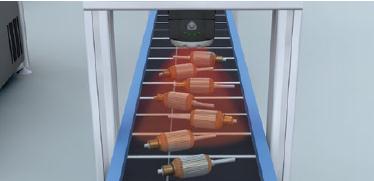 To OCV, or OCR: that is the question:
To OCV, or OCR: that is the question:
Whether ’tis nobler to use OCV (Optical Character Verification) to verify print,
Or OCR (Optical Character Recognition) to decode a sea of print troubles.
And by decoding will turmoil end?
No more to have the camera sleep; we program the TTL (Time to Live)
That font won’t print correctly, ’tis a communication issue?
The undiscover’d font no longer puzzles the will as I can check with OCV.
OCR in Machine Vision software has a library of numbers, letters, fonts, and special characters. Sometimes print is not readable when quality checked using the ISO 1831:1980 specification library. Fortunately, we can teach printed characters utilizing OCV. To verify the quality of print, it can be graded following the ISO 15415,15416 AIM DPM-1-2006/ISO29158 standard. This standard also checks print quality when 1D or 2D barcodes are read.
Hence, methinks even Shakespeare would be impressed by modern-day OCV and OCR technology.
To learn more about machine vision visit www.balluff.us/vision.
Special thanks to Diane Weymier-Dodd for her contribution to this post.





